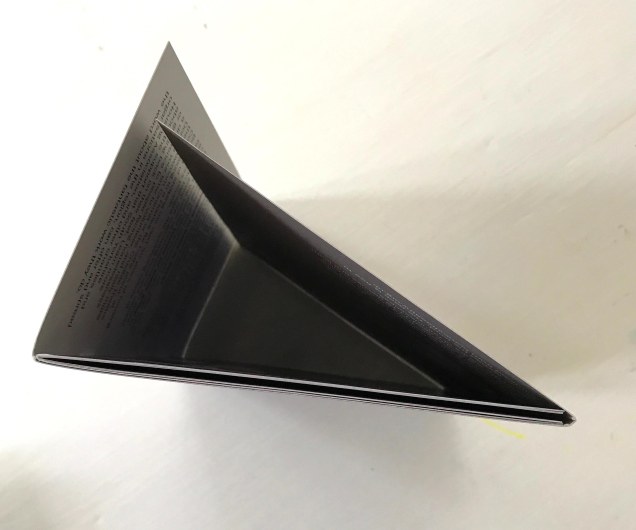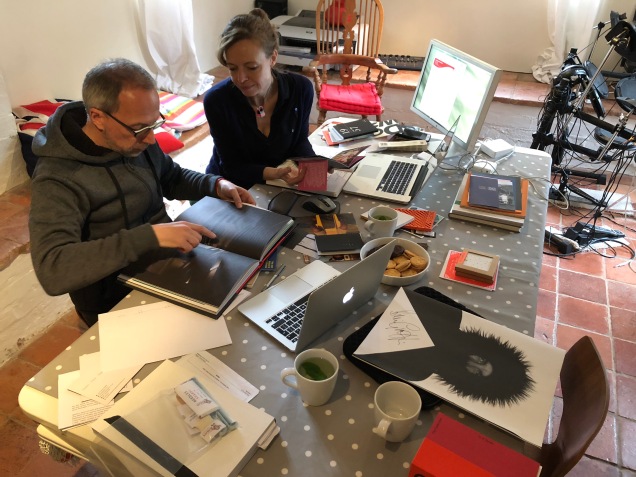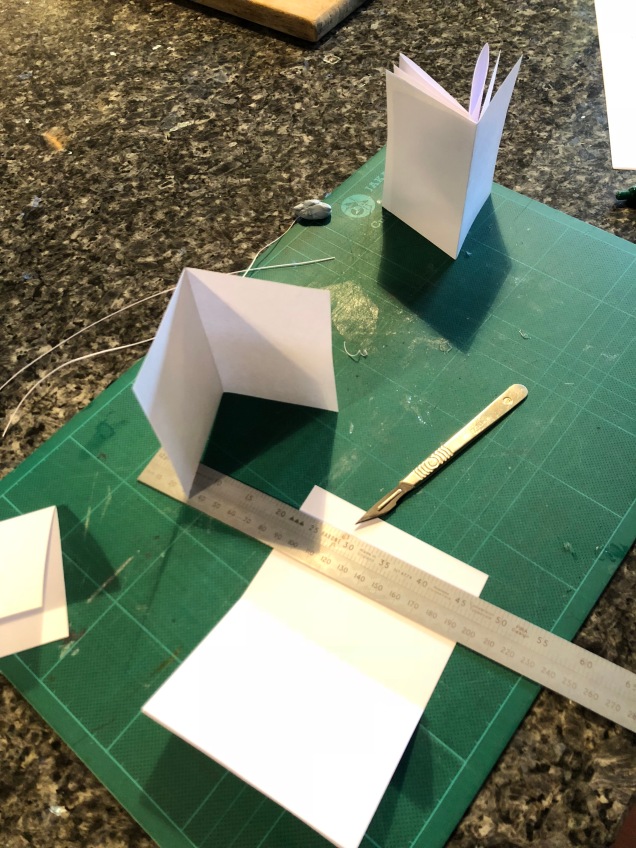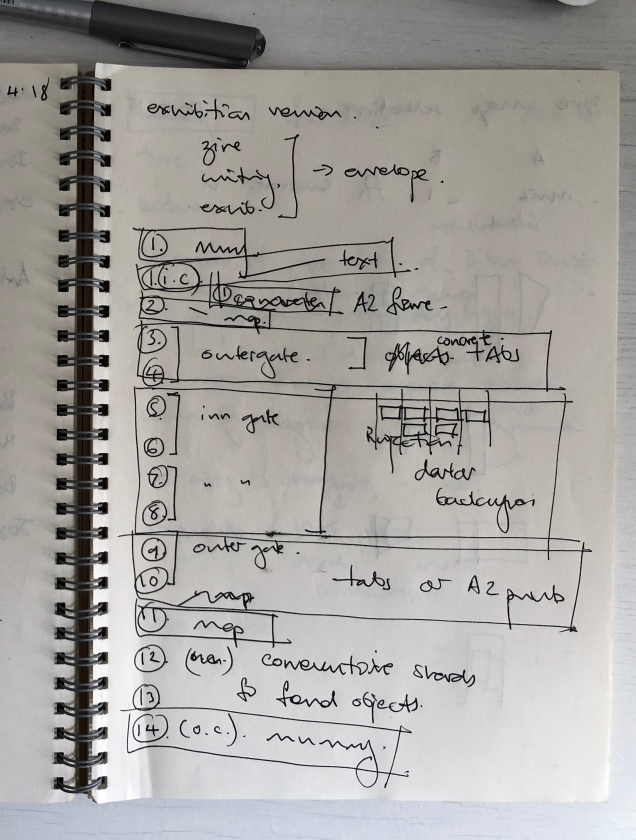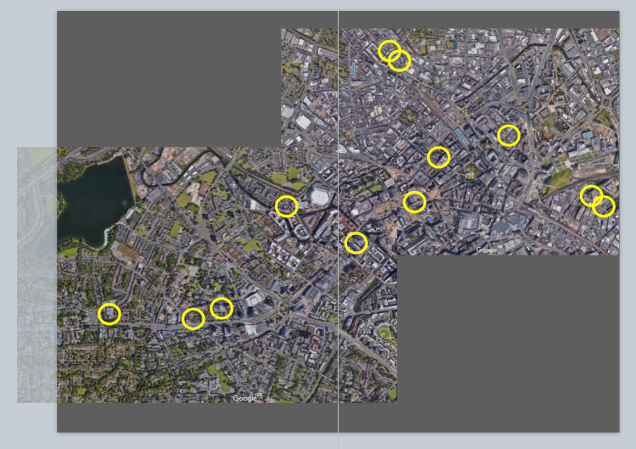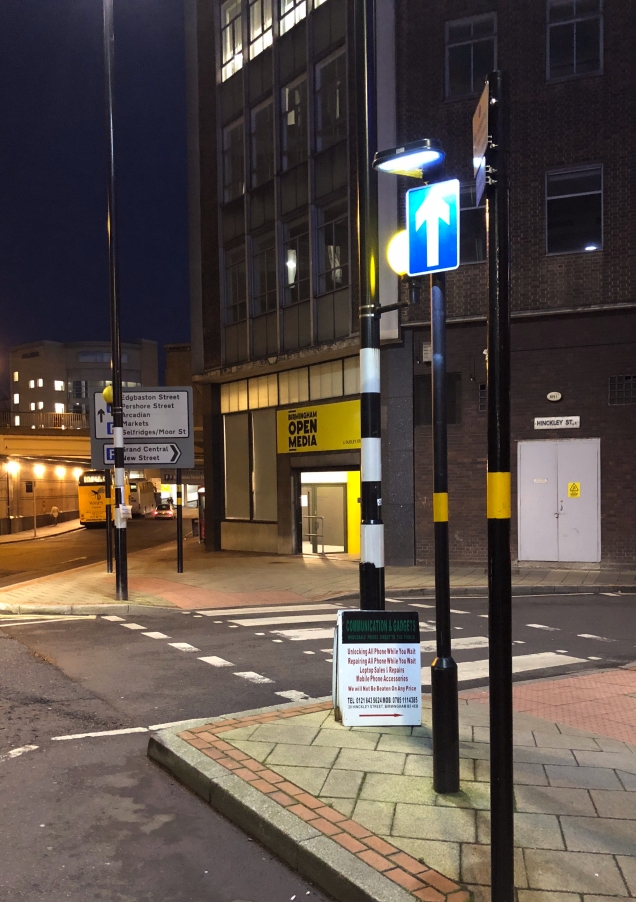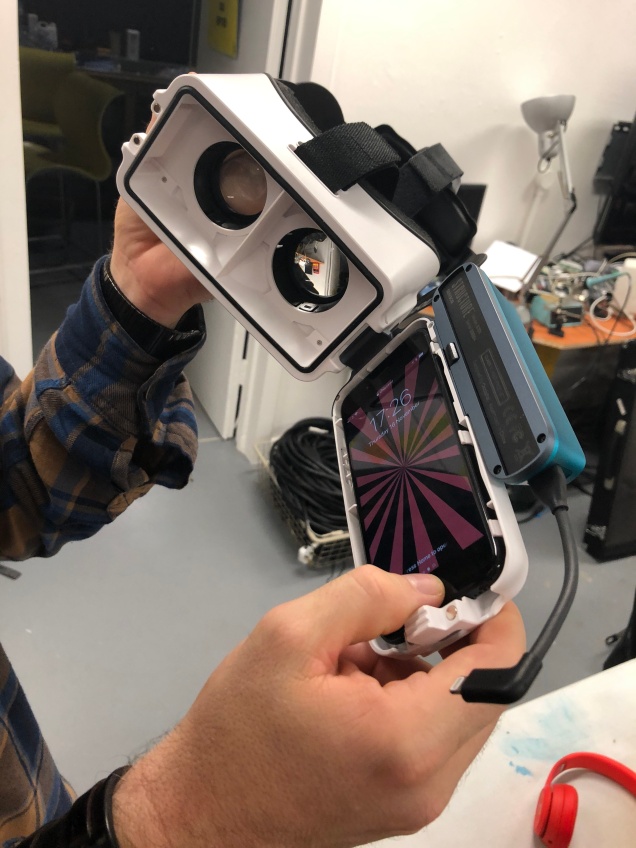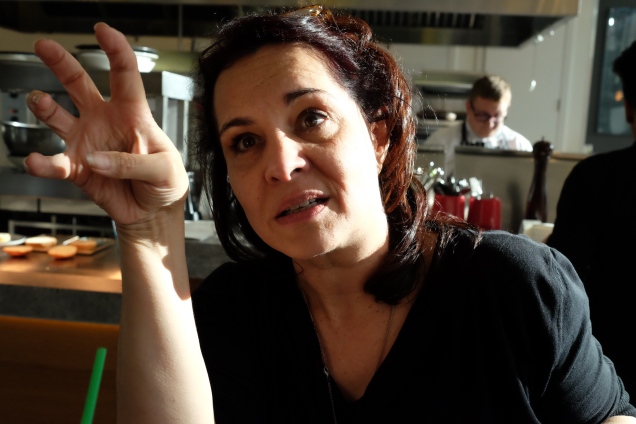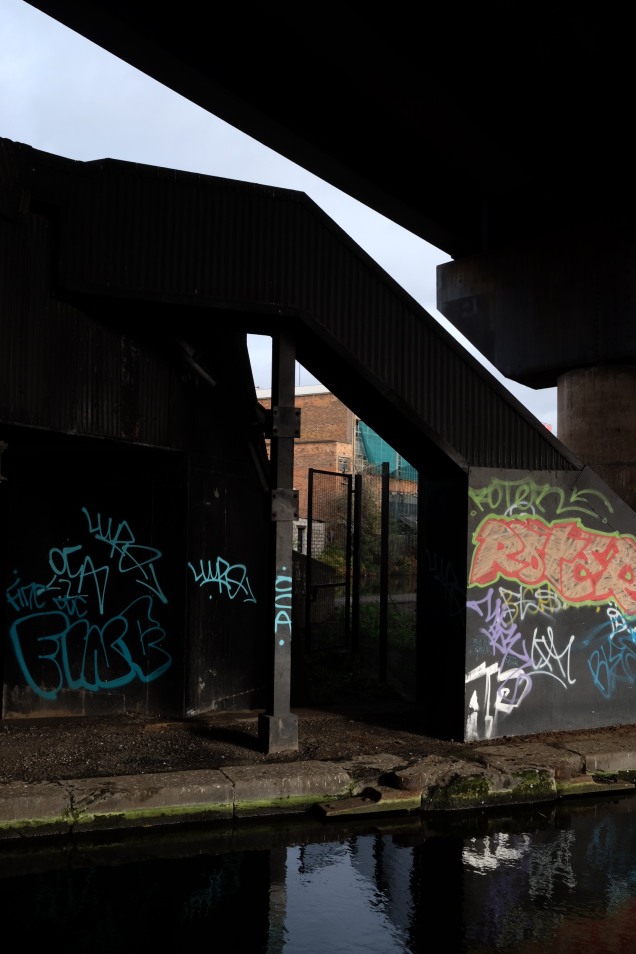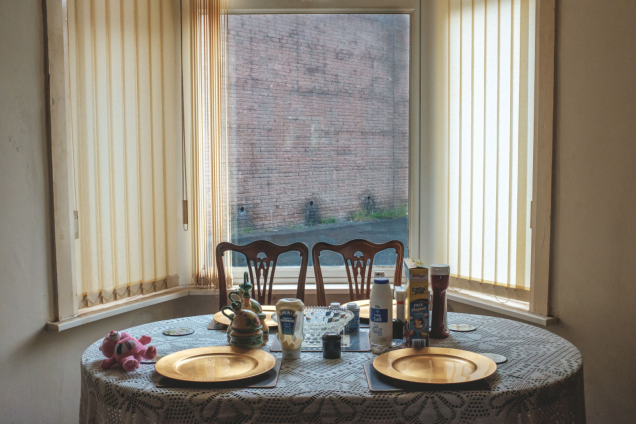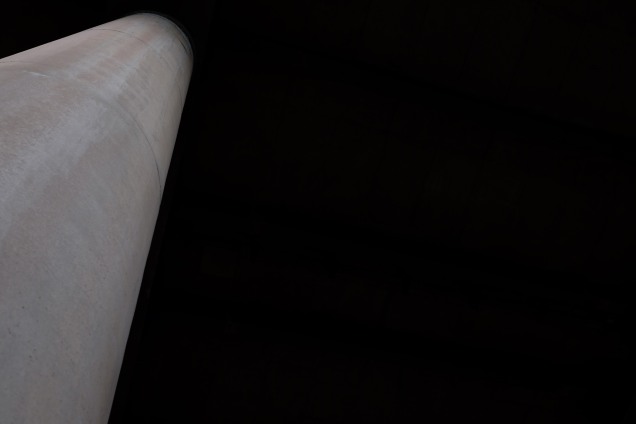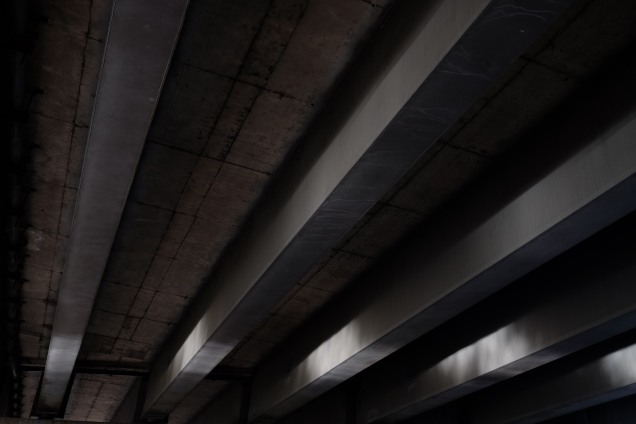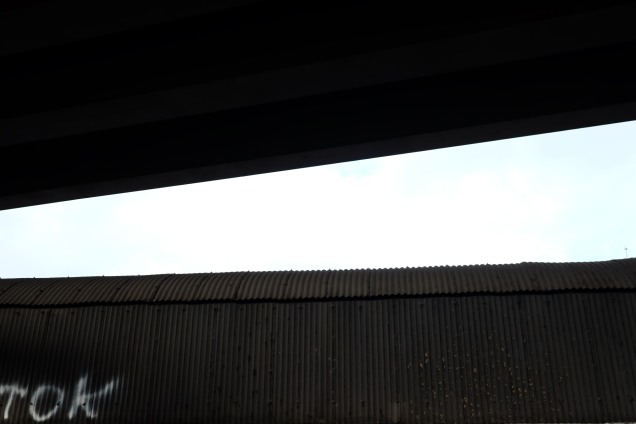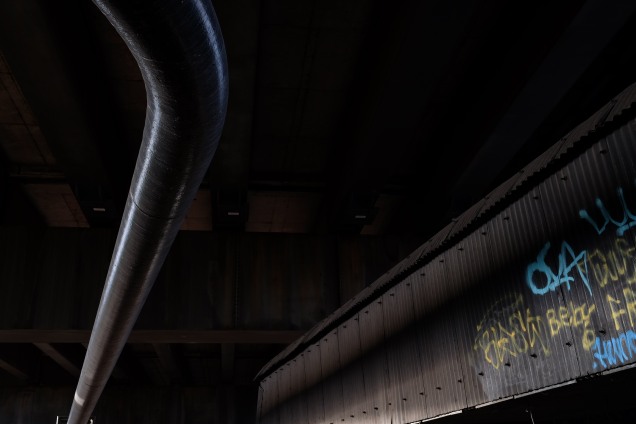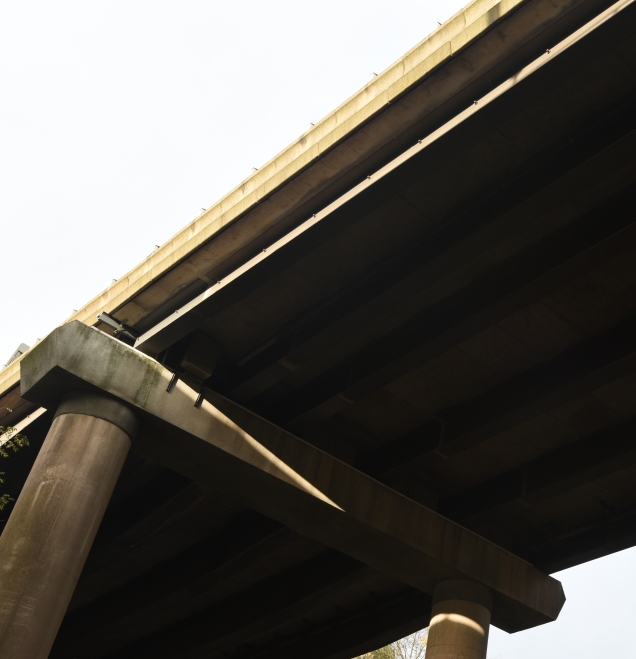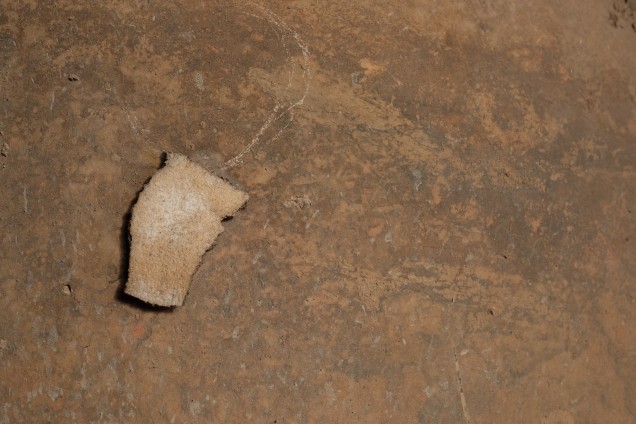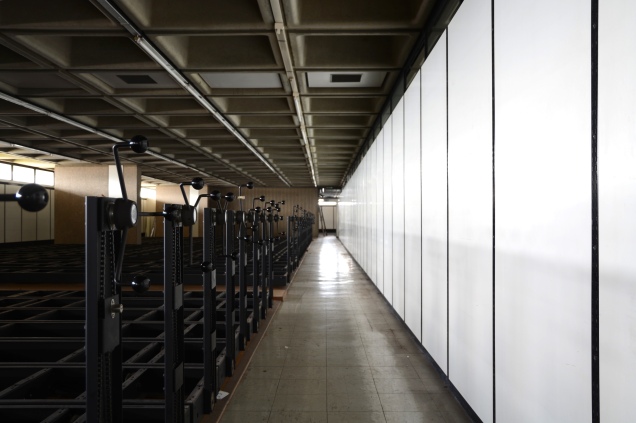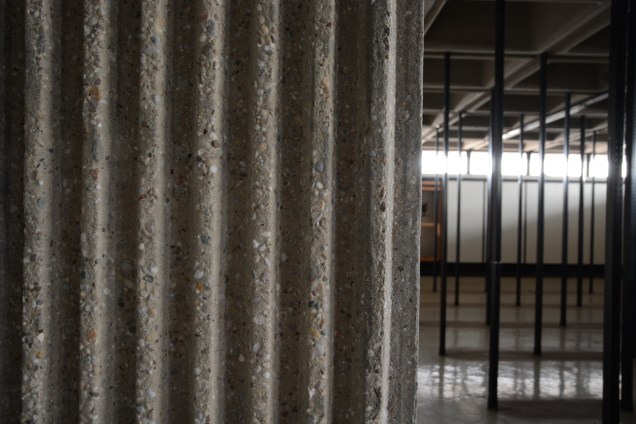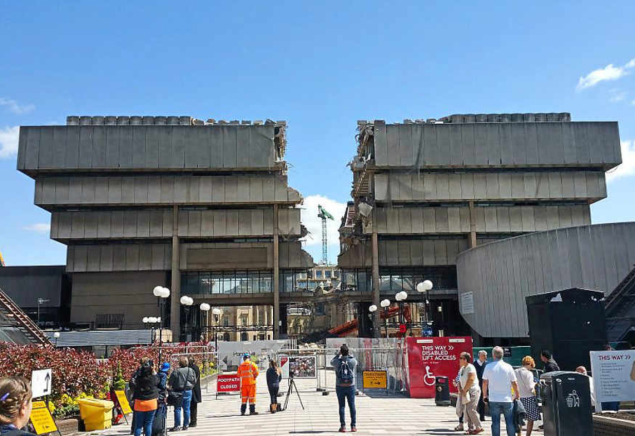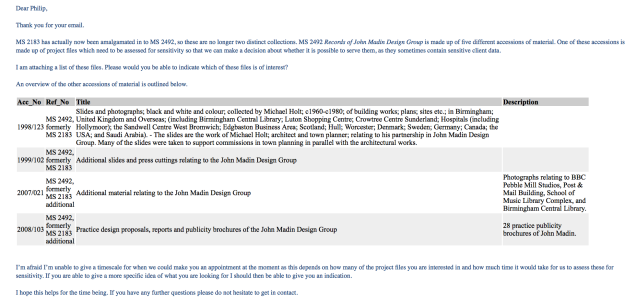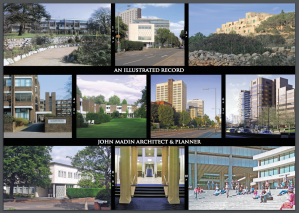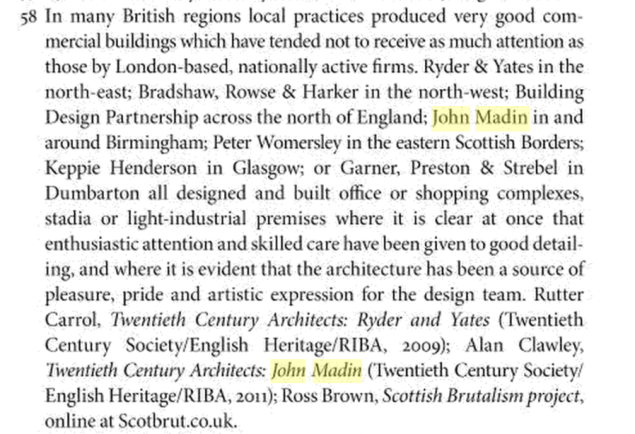MA in Photography, Falmouth University, Module 4, Sustainable Prospects. Week 11.

figure 1
It was with eager anticipation that I attended the Grain Portfolio Development day at Herbert Art Gallery in Coventry on 2nd December 2017, facilitated by Grain Photo Hub.
This was to be my third portfolio review session (beyond my university critiques); this time around I was more prepared and anticipated it, with a good presentation and attentive ears.
The day was launched with talks from all four of the portfolio reviewers; Camilla Brown, curator, writer and lecturer on contemporary art and previously curator at The Photographers’ Gallery, London, Anthony Luvera, artist, photographer, writer and educator, Craig Ashley, Curator and Director of New Art West Midlands and Liz Hingley, photographer and anthropologist.
In summary, we were advised to prepare well, show up to 20 images and up to three projects/bodies of work. It is a time limited session and is a negotiated transaction; expect to be concise but clear about the premise for one’s work and then allow time and space for the reviewed to pick up the work, shuffle it round and corral a response. We should regard our portfolios as fluid objects that reflect our artistic voice that will develop and evolve with time and after reflection. To connect with reviewers we were advised to research your reviewers and make a choice about who you see were there are options in order to extract as much useful critique as possible. Inevitably exposure requires composure and when the work is strong and compelling it may, after time, be networked into other realms of the photography world via the reviewers.
As I have found before, preparation for conflicting, curious, incisive, searching and sometimes upsetting advice; this isn’t an ego smoothing exercise, it is meant to cajole, provoke and make one fervent for betterment.
Every speaker advised that we should leave a post card or a sheet to be taken away, to linger with the reviewers; proving the point, Luvera left as all with copies of his community art work newspaper, ‘Not Going Shopping’.
Brown posited reviews will increasingly be on-line in the future; somewhat appropriate when the Flexible MA at Falmouth University is considered and its working methods. Both Luvera and Hingley found that their practice took notable leaps forward after portfolio reviews by people who were either directly influential or were connected with people who were looking to commission, hang or publish work. Source Magazine was mentioned numerous times in this context.
Curators were referenced on three occasions and Luvera noted that they can help connect with the artist but also provide a new editing eye that may link with a new narration of one’s work. He also stated that the audience for your work should be borne in mind when presenting, i.e. the anticipated viewers and the context.
Craig Ashley, as a curator, facilitator and writer is an experienced witness of audiences across the UK Midlands has interfaced with many artists including photographic artists over many years, including the Peter Kennard exhibition at MAC Birmingham in 2016 which I had especially admired for its layering of imagery and its powerful messaging. He quoted Maria Balshaw (whom I was fortunate to briefly worked with in Birmingham) made succinct points about curating see figure 2.
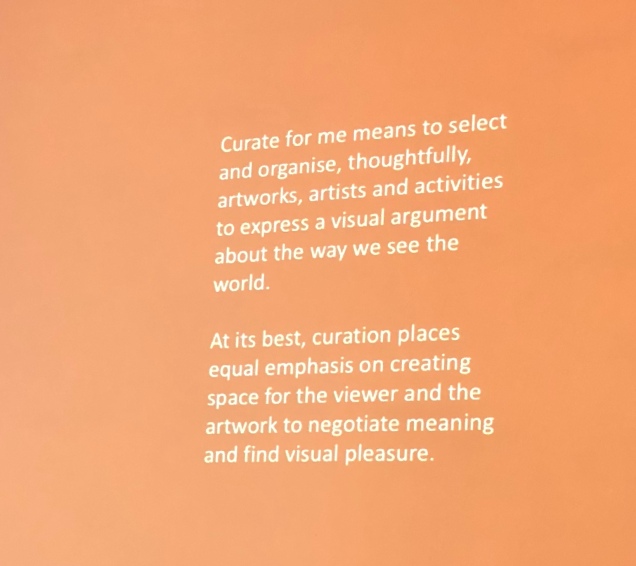
figure 2
Ashley cited Jon Tonks book Empire that sat alongside a body of visual work and maps and, with Ashley, an holistic show was created from this breadth of collateral.
Hingley spoke about her body of work, Under Gods, 2007-09 (also a published photobook) and the influences of Martin Parr and asking Richard Billingham to review here work. She reminded us to maintain momentum around applying for awards and completions to keep up the chances of being seen and awarded. As a result of this she was asked to create the Shanghai version of the ‘Portraits de Villes’.
The Reviews
I was rather pleased that, whilst one could choose two of the four available reviewers, I was offered an additional slot with a third. In summary all three were distinct and highly useful for my moment of evolution with my work.
Craig Ashley
Following an introduction to the premise for the Pause Project and the selected 10 images in my portfolio box we spoke about;
Referencing James Webb at Coventry Cathedral who is using audio from the Dean’s broadcast when the cathedral was bombed in 1940 as a memoriam related to my anticipated multi media final MA show.
On discussing the venue for my final show Ashley cited Jan Svoboda (1934-1990) who, upon subsequent research (see footnote below), I note created unique pieces, in response to my thinking about unique, concrete based imagery.
We discussed materiality, texture, environment, scale, light and print finish that would help inform the characteristics of my final installation.
Footnotes on Jan Svoboda:
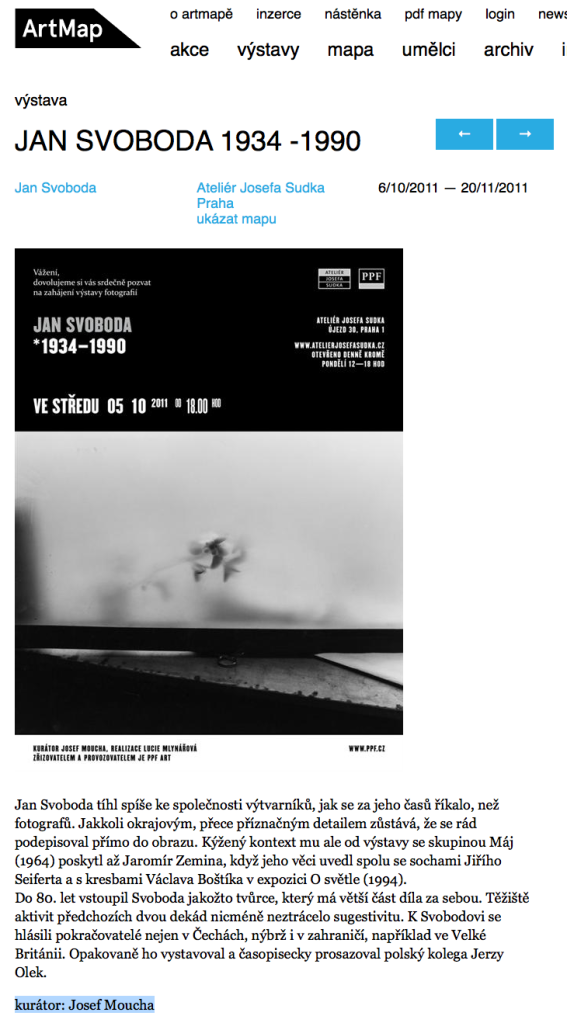
figure 3
Jan Svoboda was interviewed with Liba Taylor for British Journal of Photography 1982 – an archive I will endeavour to uncover.
From these links I note Svoboda was constantly endeavouring to create unique images using substrates; my concrete work has the same objective.
http://phototoolbox.blogspot.co.uk/2014/10/photographer-jan-svoboda.html
http://www.atelierjosefasudka.cz/en/archive/comparison-ii.html
From https://www.photoeditionberlin.com/programm/czech-fundamental/jan-svoboda/ accessed 3.12.2017, I embolden the pertinent points here;
“In an effort to achieve maximum degree of autonomy of the photographic image, Svoboda, thanks to fundamental and original formal innovation, reached the very limits of the possible. Due to their sophisticated techniques, his works entirely shook off the principle of being reproduceable and thus became (paradoxically for photography) unique works of art. Their solitary nature was emphasised, Svoboda being unaccustomed in those days to large formats, by a total absence of framing, the use of a solid foundation with a supporting framework, of detaching the works from the surface of the wall. Photographs are thus elevated to the rank of objects that communicate independently with both the exibition space and the atmosphere of the lighting”.
From www.artmap.cz/jan-svoboda-1934-1990 accessed 3.12.2017 – here he notably exhibited with a sculptor and an artist – demonstrating his mix of company; “Jan Svoboda was more inclined to the company of artists, as it was called his time, than photographers. Although the marginal, yet distinctive detail remains that he likes to sign directly into the picture. However, Jaromír Zemina provided the exhibition with the May group (1964) when he introduced his works together with the statues of Jiří Seifert and the drawings of Václav Boštík in the exhibition O světlu (1994)”.
Liz Hingley
After viewing the images and talking about the body of work and its direction towards an installation and potentially a photobook, Liz spoke about links to people in Birmingham that she is presently working with (for example Claire Mullett – https://culturalintermediation.wordpress.com/2014/03/28/arts-science-festival-1960s-art-architecture-tour/ accessed 3.12.2017) and talked about scanning items that I have quietly liberated from some of my shoots and also the possibility of creating wallpaper from my images.
We talked about ‘feeling the atmosphere’ in the space where my final show would be hosted – to emulate the conveyance in my prints and images. This echoed the discussion with Ashley.
Camilla Brown
Camilla Brown appeared enthralled by one image in particular and this delighted me because I too had highlighted it as the key piece in my work in progress portfolio, a painterly piece from the Round House and its window.
I used the word ‘documenting’ as one descriptor for my work but Brown queried this and felt that the work was more “evoking curiosity” and takes you to a “different place” than perhaps a pure catalogued documenting process may lead to. We discussed Edgar Martins and his ‘Soliloquies on Death, Life and Other Interludes’ and the degree of translation and selection that even then demurred from the original order of the source, thus not wholly documented and indeed manipulated digitally. My response was to say I was perhaps then a “visually led art image maker” – though I think this still requires distillation.
Brown directed me to John Divola and Lucio Fontana. See figure 4 for Divola’s work in abandoned spaces.
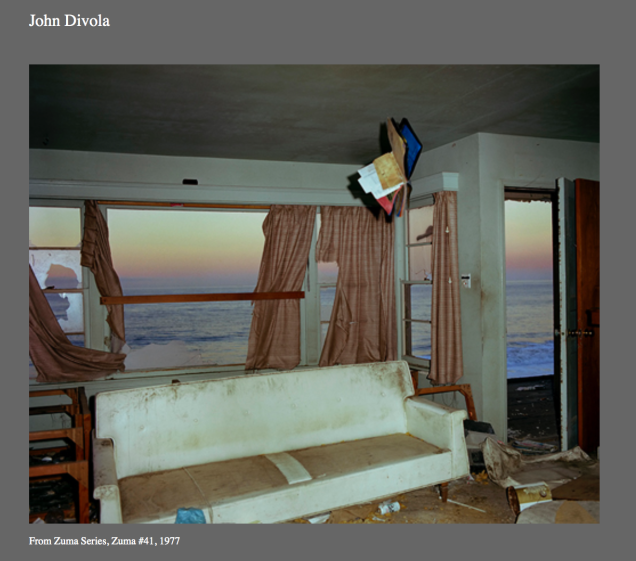
figure 4
Brown predicted that my Pause Project would develop sub-series and new threads as it moved forward.
I mentioned that I had planned to create a zine for distribution to developers and landowners to gather more shooting opportunities in the New Year – she extremely usefully suggested that I sought out cities that would be hosting future photographic festivals such as Brighton, Liverpool and Derby for the strategic exhibiting approach this may provide.
Finally Brown suggested a textual response to my work that is “fluid and creative” – I explained that I enjoyed writing about photography. Haiku was mentioned as a potential pattern as was Rinko Kawauchi for her work.
http://www.rinkokawauchi.com/main/rinkokawauchi_eg.html
http://www.tate.org.uk/art/artists/lucio-fontana-1102
http://www.divola.com
References
Camilla Brown www.camillaebrown.co.uk
Anthony Luvera http://www.luvera.com/
Liz Hingley http://lizhingley.com/
Craig Ashley http://newartwestmidlands.co.uk/who-we-are/
Cited by Craig Ashley
Jon Tonks, https://www.jontonks.com/books/
Cited by Liz Hingley
Portraits de Ville, http://www.portraitsdevilles.fr/en/vues-choisies-/70-shanghai-liz-hingley.html
Cited by Camilla Brown
http://www.rinkokawauchi.com/main/rinkokawauchi_eg.html
http://www.tate.org.uk/art/artists/lucio-fontana-1102
http://www.divola.com
https://www.photoeditionberlin.com/programm/czech-fundamental/jan-svoboda/
https://www.photoeditionberlin.com/programm/czech-fundamental/jan-svoboda/
